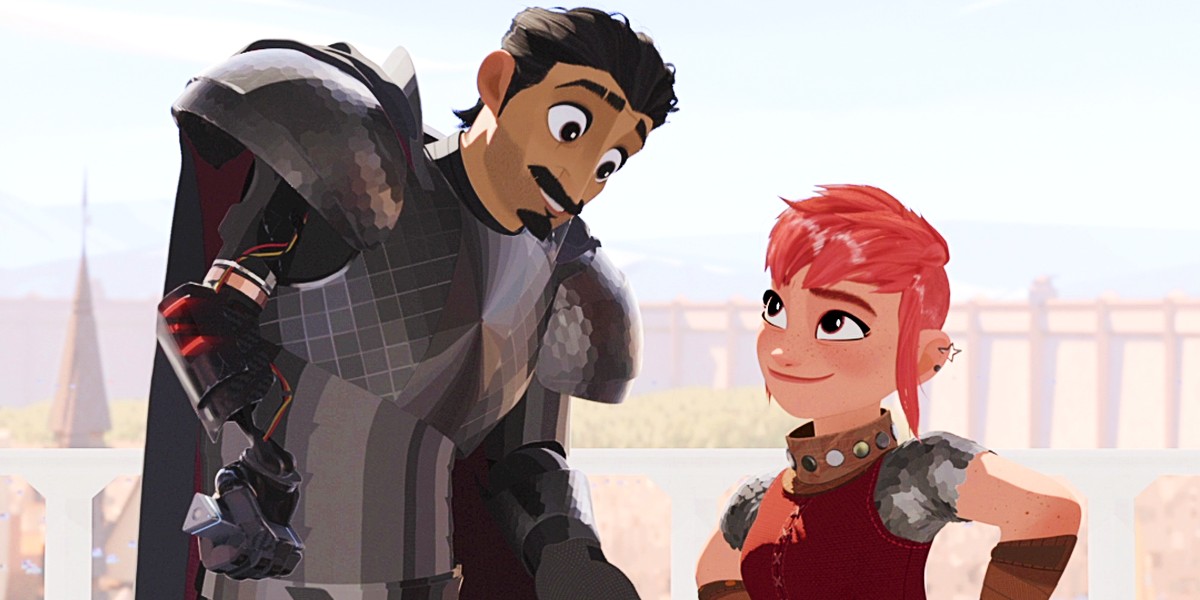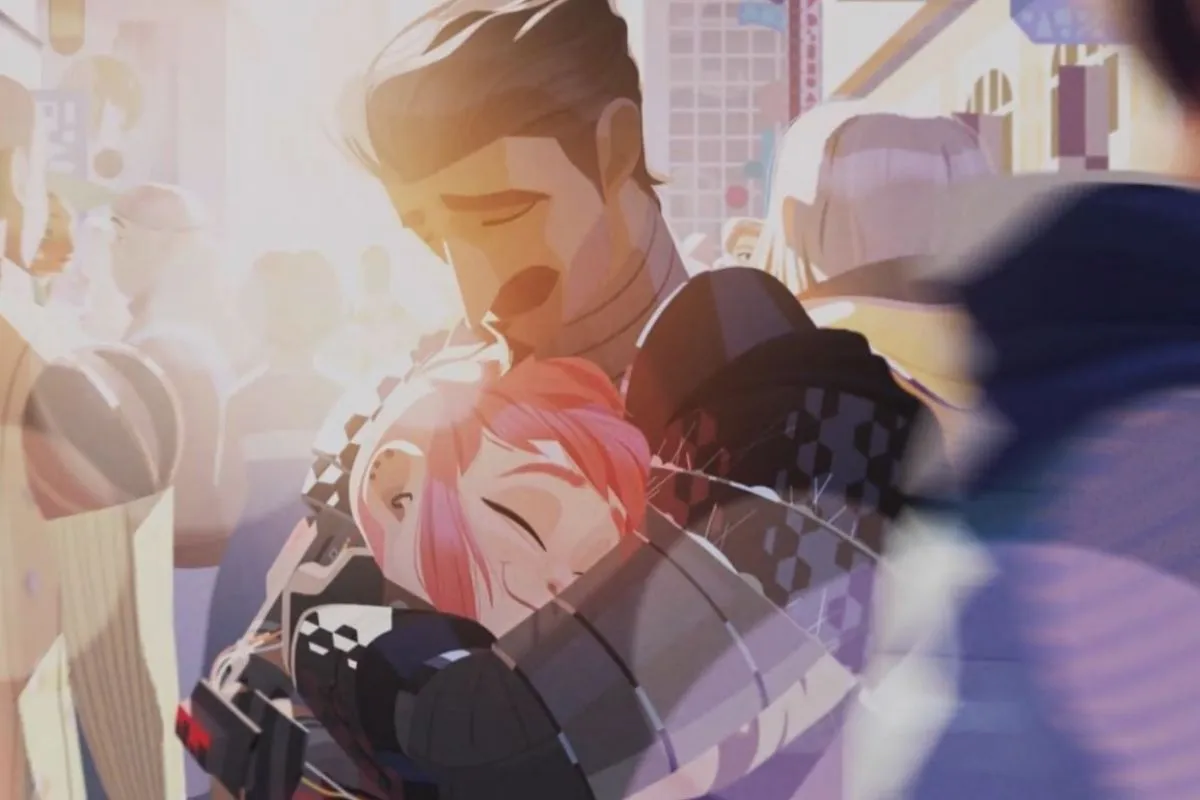‘Nimona’ Brought Complex Emotions To Life With Animation—Here’s How They Did It

One of the hardest things you can do in an animation is present true emotion in your character’s face, yet this is the most crucial part. In Netflix’s Nimona, we are introduced to a character with so many emotional levels, and each one reads on screen. Here’s how they did it.
In a video on the YouTube account for Netflix: Behind the Streams, we hear from animation director Ted Ty who breaks down exactly how they brought Nimona and all their emotions to life. Based on the graphic novel by N.D. Stevenson, the animators already had something to work from but the animation style used in the film is very different from the 2D graphic novel.
Discussing the team’s approach to the animation, Ty stated that they very much started with the story before they ever hit the drawing board.
“The story is an emotional tapestry woven with innocence, betrayal, joy, fear, self-doubt, lots of humor, and of course love. So how did we animate those emotions? It became about relying on the story to drive the animation style and not the other way around. It’s more about substance than spectacle.”
The team first looked at the story by breaking down the script, looking at where their titular character had highs and where they had lows, and plotting an emotional graph, as it were, so they could get a sense of Nimona’s overall emotional journey. “Ultimately, this film was all about relationships,” Ty adds, “so we overlaid her roadmap with Ballister’s to better understand and fine-tune their emotional and energy dynamic before we even started animating.”

Nimona is an ethereal character, one whose mercurial nature plays out not just in their shapeshifting, but in their emotions. They show great confidence backed up with boisterous energy and dark humor before shifting to something more raw, vulnerable, and defeated. The team made their “acting choices as unpredictable as possible to reflect her unpredictable nature.”
On top of this, the team pulled from a variety of inspirations such as Disney’s Marc Davis (Sleeping Beauty, Bambi), Looney Tunes’ Chuck Jones (Bugs Bunny, Daffy Duck), Ghibli’s Hayao Miyazaki (My Neighbour Totoro, Spirited Away), and Bill Watterson (Calvin and Hobbes) as well as the creator of Nimona, of course, Stevenson.
“Nimona is so strong and at the same time truly vulnerable, so unlike most other animated films her emotions could be laid bare and raw, and we wanted to handle that carefully, truthfully, and sincerely without overacting,” Ty says in the video.
Ty also praises the vocal acting work of Chloë Grace Moretz, who lends her voice to the character. Her work would then help inform the animators on how to express the emotion.
This was an animation born out of emotion, pain and joy, love and loss, confidence and self-doubt. For the animators, this was their biggest task, and the result speaks for itself. Nimona is a thoroughly gripping film, beautiful in its own right, but also one that audiences invest in the characters and their journeys, physical and emotional.
You can see more of how they brought these characters off the page and onto our screens in the Nimona artbook.
(featured image: Netflix)
Have a tip we should know? [email protected]
